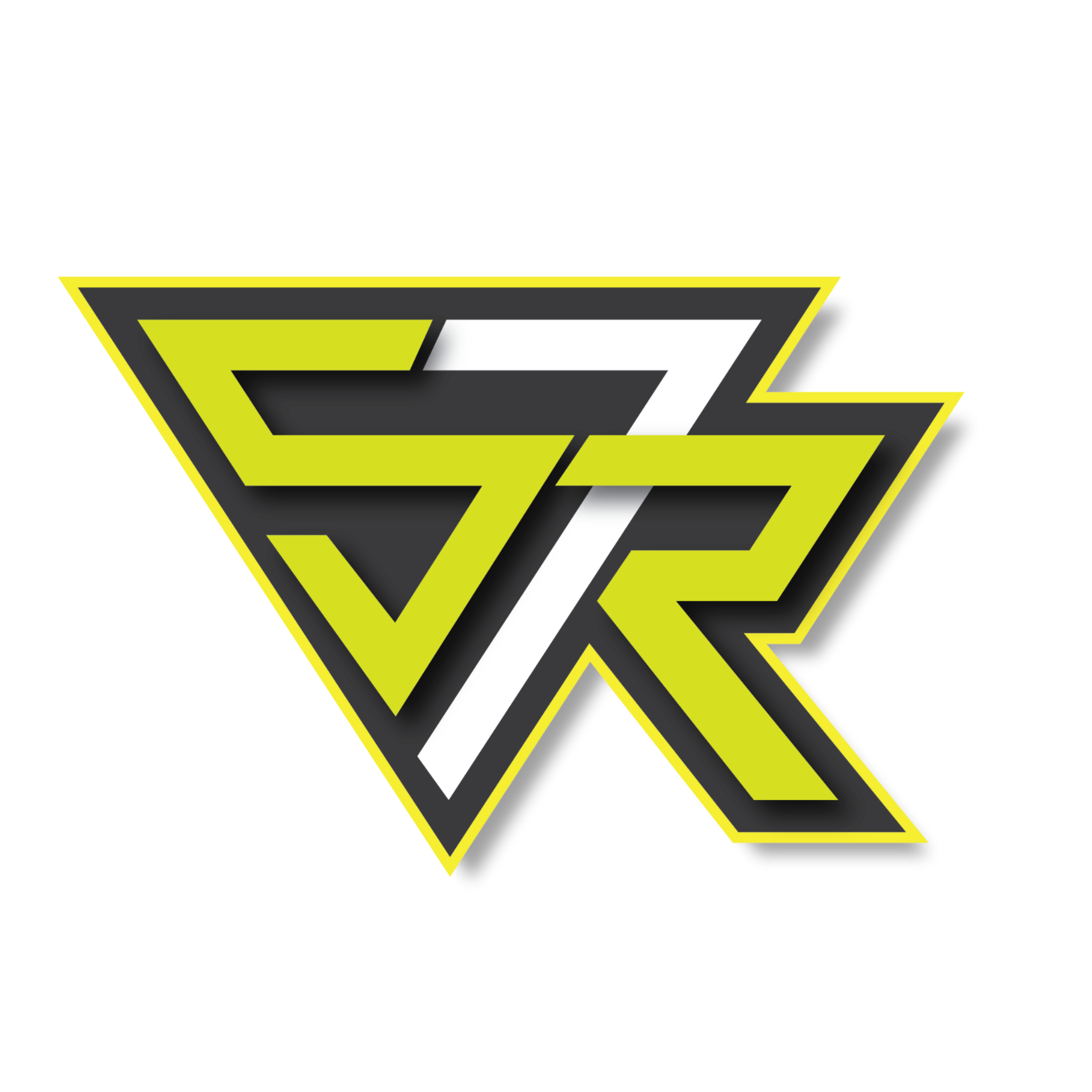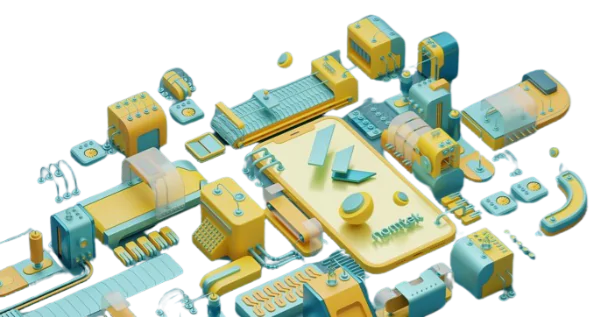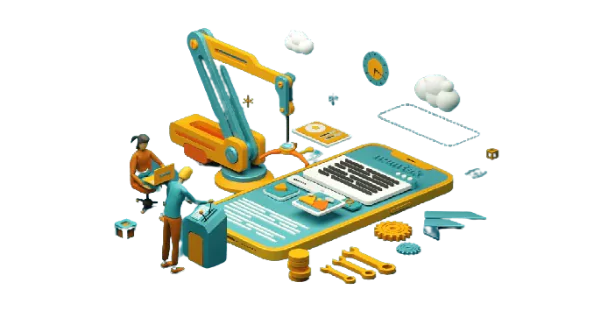


In the realm of modern application development, Flutter emerges as a game-changer, offering a plethora of ready-to-use widgets for creating sleek and efficient applications. Designed with a focus on mobile environments, Flutter's UI widgets provide a seamless experience, simplifying the application design process akin to working with HTML.
Flutter applications are, in essence, widgets themselves. These widgets not only support animations and gestures but also follow the principles of reactive programming. Widgets may possess an optional state, and by altering the widget's state, Flutter, employing reactive programming, intelligently compares the widget's old and new states. Consequently, it renders the widget with only the necessary changes, avoiding the need to re-render the entire widget.

As a cross-platform framework, Flutter allows developers to use the same code for both iOS and Android applications, significantly saving time and resources.
Dart, Flutter's programming language, compiles into native code, eliminating the need for OEM widgets. This results in faster app startup times and superior performance.
Flutter's hot reload feature enables instant viewing of code changes, making development faster and more efficient. Programming with Flutter is claimed to be so easy that even non-programmers can create Flutter apps.
Widget-based Flutter apps experience fewer compatibility issues across different OS versions, reducing testing time and ensuring a smoother user experience.
Both Flutter and Dart are open-source, providing extensive documentation and a supportive community, making troubleshooting and development smoother.